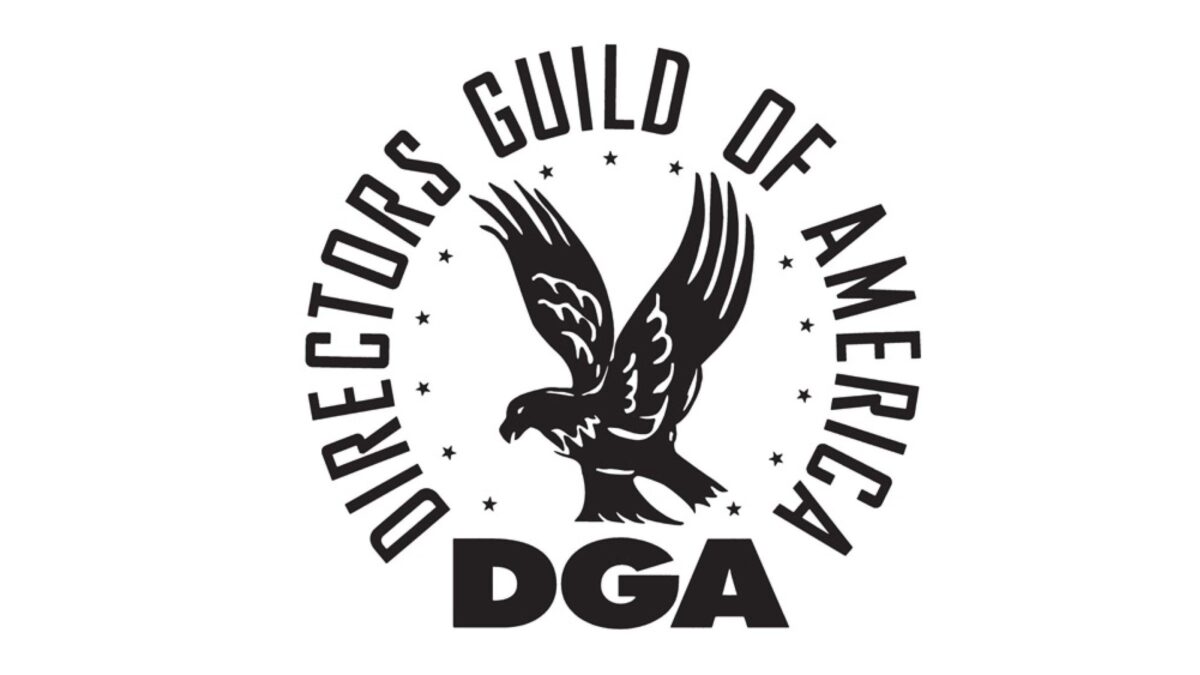
In three weeks, we will know if the DGA hits the picket lines. Until then, let’s go over what they are fighting for.
As we move into the third week of the writers’ strike, the Directors Guild of America (DGA) sits at the table with the AMPTP, negotiating a deal that could help everyone in the film industry. If the DGA and the AMPTP are unable to reach an agreement, then the DGA will hit the picket lines for the first time in 36 years (but our grapevine says that a deal may be within reach).
A DGA deal is critical at this point. While the DGA isn’t fighting for the exact same things as the WGA, they are strong-arming the AMPTP to increase international residuals, provide more creative freedoms on set, and increase wages. If the DGA reaches a deal, then the WGA will have more leverage to reach an agreement.
But what is the deal that the DGA is fighting for?
The DGA committee chair Jon Avnet and co-chairs Todd Holland and Karen Gaviola laid out in a bullet-point list what they are fighting to help protect directors. Those priorities include:
-
Securing wage increases that address inflation
-
Maintaining the strength and sustainability of our world-class pension and healthcare plans
-
Negotiating meaningful increases and structural changes to streaming residual formulas that account for the global growth of the audience
-
Protecting the role and vision of Directors
-
Protecting our jurisdiction over projects produced abroad for U.S. audiences
-
Improving safety on the set by expanding and encouraging training and addressing long workdays
-
Increasing diversity, equity, and inclusion and strengthening the voices of under-represented people
-
Looking out for the full directorial team — the Assistant Directors, UPMs, Associate Directors, and Stage Managers — who sustain every production with their hard work and professionalism
The guild consists of 80 guild members across genres, formats, and geographic locations that are negotiating separate creative rights and undisclosed creative issues.
Now that you know what the DGA is fighting for, let’s get into what a deal for the DGA could look like and how it will affect the industry, including the ongoing WGA strike.
What is the DGA Fighting For?
Although I’ve already mentioned what the DGA is fighting for above, this is why they are standing strong with their demands and how it could help the WGA and SAG-AFTRA negotiations. Let’s get into it:
Wage Increases
The negotiating committee says it wants wage increases that “address inflation,” which was not the WGA’s approach. Rather than agreeing to a two to three percent wage increase per year, the WGA proposed a six percent raise in the first year and a five percent raise in the second and third years.
This ask isn’t a surprise to most since inflation has been rising. Puck’s Jonathan Handel reports that the national inflation has increased by 7 percent and 6.5 percent in the last few years, and 5 percent in 2023. Handel states his surprise that the WGA didn’t ask for a 10 percent wage increase in light of the state of the economy.
The WGA’s tame ask is surprising but realistic. They simply want what we all want: a livable wage.
The key issue that is damaging the work, availability, and livelihood of writers in the industry is mini-rooms.
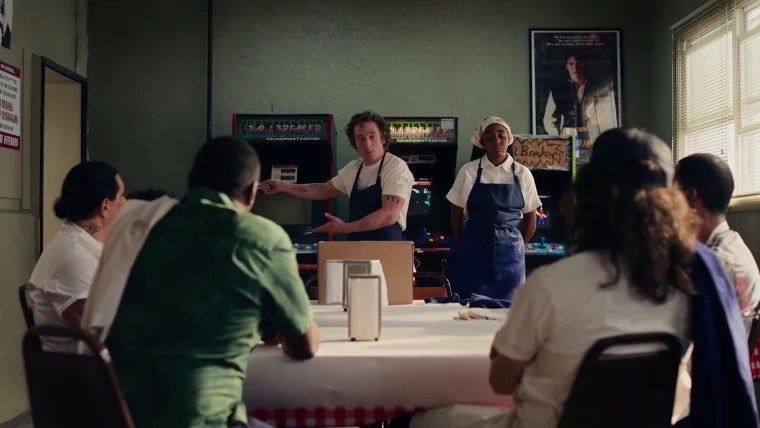
Pension & Health
The DGA stated that it wants to ensure the “strength and sustainability” of the guild’s benefit plans. This means higher employer contributions and wage increases to help with healthcare plans and pensions that support directors throughout their careers.
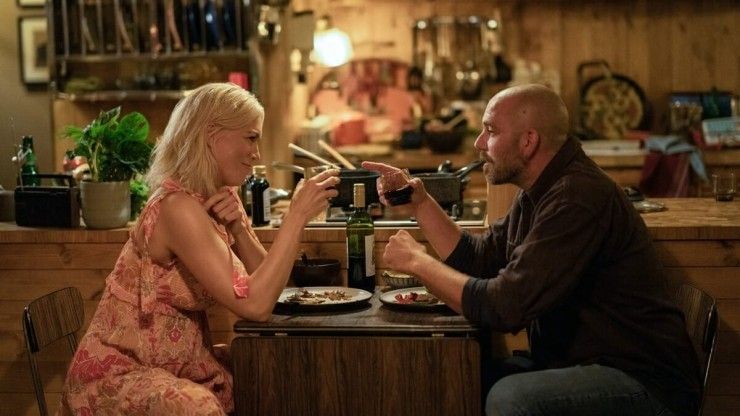
Streaming Residuals
This is where the DGA, WGA, and SAG-AFTRA are putting most of the efforts toward, and for good reason.
DGA president Lesli Linka Glatter said that the guild wants residual “increases” and “structural [formula] changes.” Currently, streaming residuals are paid out as an annual payment that is calculated as Residual Base x Subscriber Factor x Exhibition Year Percentage. This is how it works for everyone that works on productions.
The problem is that streaming services are not transparent with their data, so how do people know what they are getting in residuals is fair?
The increase in streaming residuals has room for improvement, and transparency is a key factor here.
If you are a director working on a project that drives a streaming service’s subscriber number up everywhere so they can watch the show you helped create, then shouldn’t you get something back as a reward for your efforts? I think we would all say yes, but many companies are not doing this. Instead, they look to the U.S. and Canada to see how a project performed, and that is only a fraction of the poor residuals already given to all filmmakers.
A massive chunk of these streaming services’ audience is being ignored so a company doesn’t have to properly pay the creatives behind a film or TV series’ success.

“As domestic growth stalls for Netflix and other streamers, foreign has become the growth market,” Handel writes. “The DGA and other guilds want that accounted for, while the companies counter that subscription fees in many territories are lower than in the U.S.—sometimes much lower, like Netflix in India, which starts at under $2 per month. Indeed, in February, the company cut prices in more than 30 countries.”
These increases in streaming residuals could mirror the increase in basic wages while also helping those who are not working on any projects – a fight that could help WGA and SAG-AFTRA get proper residuals that they can live off of in between jobs rather than working as Postmates Drivers or at your local Starbucks.
To give you an example of how these residuals are currently working, the team behind Wednesday, an international bombshell of a TV show, gets paid the same amount as those unknown shows that nobody is talking about. It doesn’t matter if a show is successful or not. We don’t even know if a show is successful or not because data-driven streaming services are not sharing their data with the industry.
Rather than transparency, the DGA is fighting a battle they know they can win: changing the residual formula.
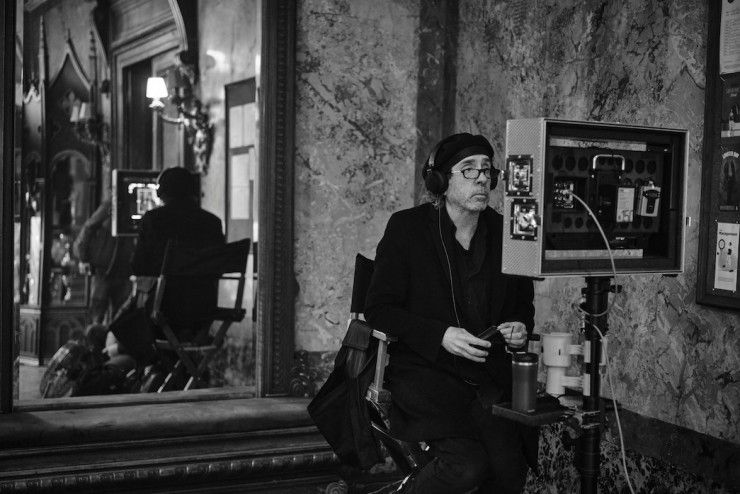
Protecting the Creative Vision
“Protecting the role and vision of directors” could mean a multitude of things. From data-driven stories to approved cameras and editing software, directors are fighting to have creative control on set so they can create something new and exciting rather than the same media that we’ve seen time and time again.
Most noticeably, this issue could be pointing directly at the potential face of AI. Like almost every single industry, AI has shown its potential to do incredible things, and those efforts are expected to continue as time passes. However, there is a lot to be concerned about.
AI has taken over the writers’ jobs completely, becoming a solution to a non-existent problem rather than a tool. Cinematographers, editors, actors, and directors are not safe from the advancements of AI. I am not saying, “Be afraid! The end is nigh!” I am saying that executives will cut corners to keep their pockets fat, which means not paying people to make cookie-cutter content that people will still watch.
Directors’ visions matter as they push the wheel of the visual medium. What happens if that is gone? What happens if AI is creating work from pre-existing work and nothing new is being developed? What happens when we stop pushing the boundary of what is possible just so we can save a dollar?
If the DGA can win this battle, then the WGA and other organizations can fight to protect themselves and the art of cinema from being taken over by an algorithm.
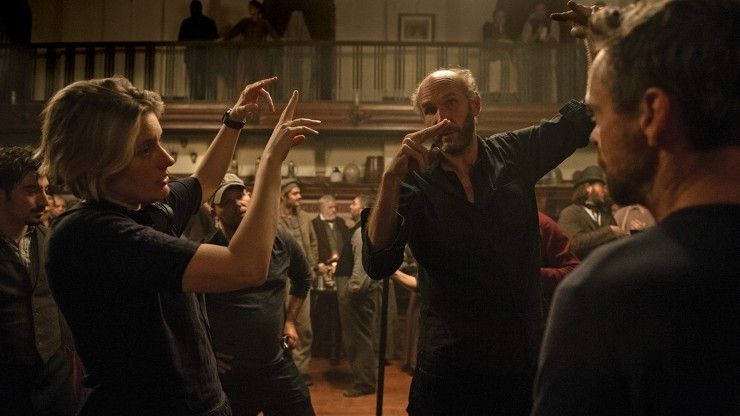
Foreign Jurisdiction
The guild also identifies “protecting our jurisdiction over projects produced abroad for U.S. audiences” as a priority.
A lot of U.S. productions don’t film in the U.S. for many reasons, and the DGA wants to make sure that their directors are protected no matter where they are in the world. This means that the director’s deal is negotiated with a representative, agent, or attorney in the U.S.
It’s unclear what the DGA is trying to do by expanding this jurisdiction, but my hope is that we are protecting our directors no matter where they are.
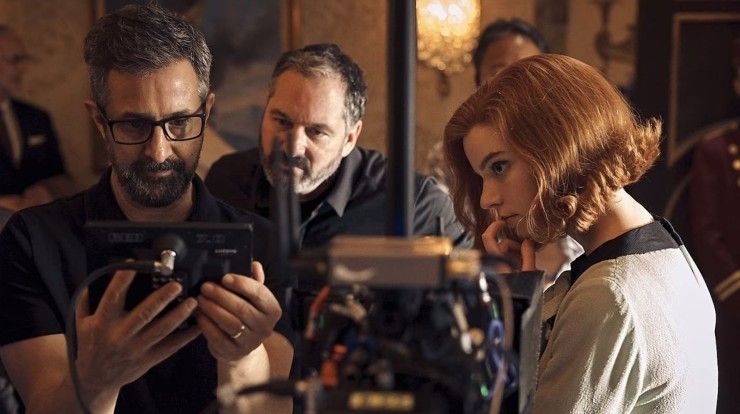
Improving Working Conditions
Every member of production works incredibly long hours. This isn’t something new, but it is something that many directors are not trained to tackle when they move up to bigger and more intense jobs.
While art has to be made, safer working conditions and proper training for these long days with many different types of crew, sets, and productions should be at the forefront of every creative mind to keep everyone safe.
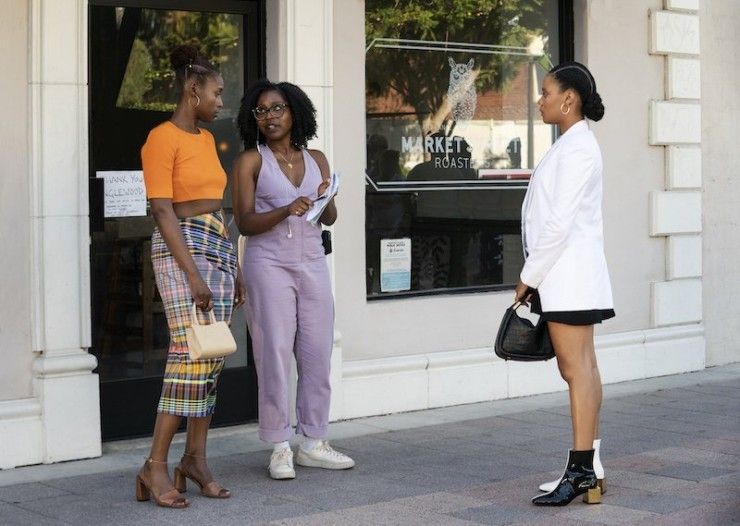
Other Issues
Additional concerns include diversity and inclusion as well as supporting below-the-line members like assistant directors, unit production managers, and more. While there isn’t more available to understand how the DGA plans to achieve these goals, I am happy to see that the guild is trying to open more doors and fight for more voices to lead and live prosperous lives in the industry.
All of these issues have three weeks to be discussed, argued, and, hopefully, find a middle ground. With the DGA fiercely standing with the WGA, I believe that the DGA might threaten the AMPTP with a strike to get what they need while also lending a helping hand to the other guilds in the industry.
With the writers’ strike already costing the industry a leg, I don’t think the industry can afford to have the DGA go on strike. What will happen when there is no entertainment to be made? Is the industry willing to die to keep the pockets of rich executives full and happy?
One thing to consider is that the DGA is the only entertainment guild that doesn’t have creatives in the room. It’s all lawyers doing the negotiating. At least that’s what we’re told. How that will affect the deal remains to me seen. It is hard to stay hopeful that these issues will be resolved quickly, but I’m ready to fight to protect the people who have dreams of silver screens and storytellers who deserve to have their stories out in the world. Whether they are aware of it or not, the industry is in the palm of the DGA’s hand. Their next move better be a smart one.
Let us know your thoughts in the comments below.














